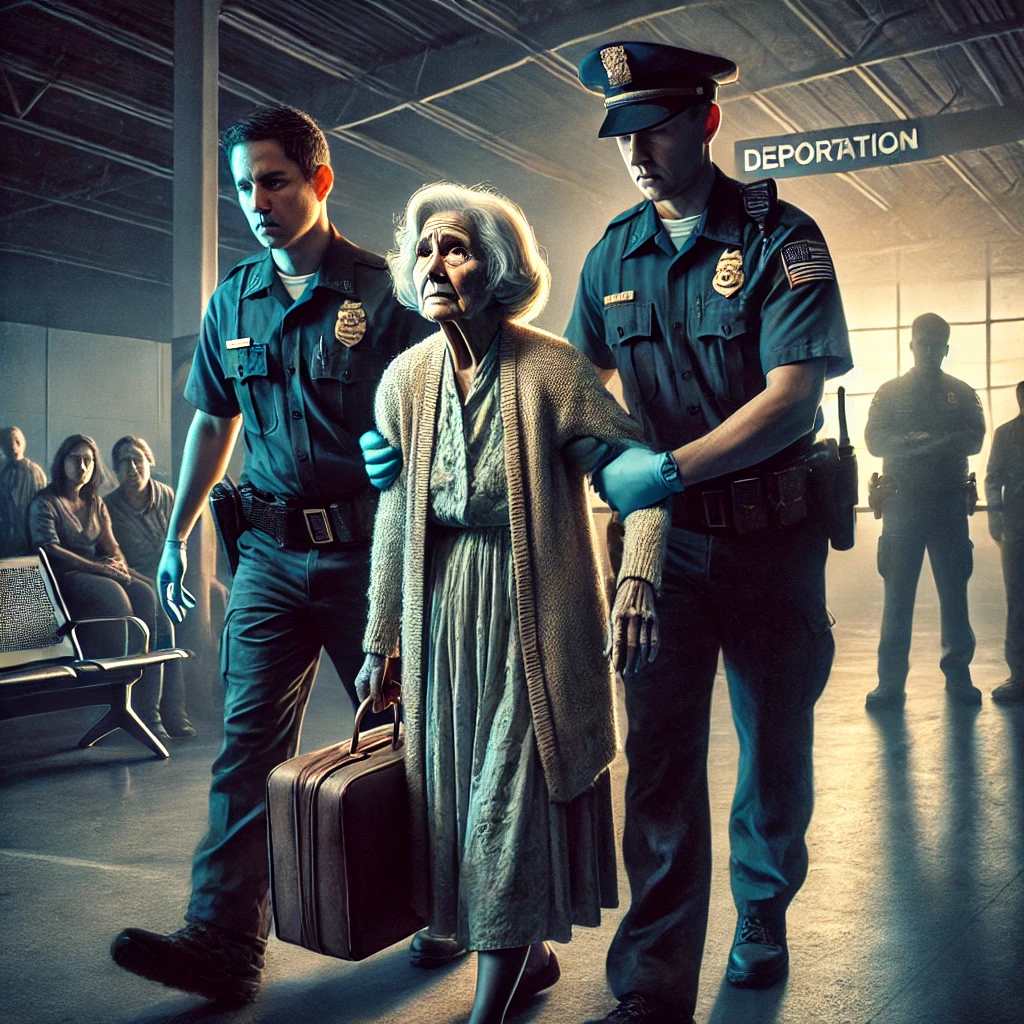Oakland, CA – The New York Post recently published an article spotlighting a family from Coconut Creek, Florida, who had their car burglarized while dropping off their son at college in Oakland, California.
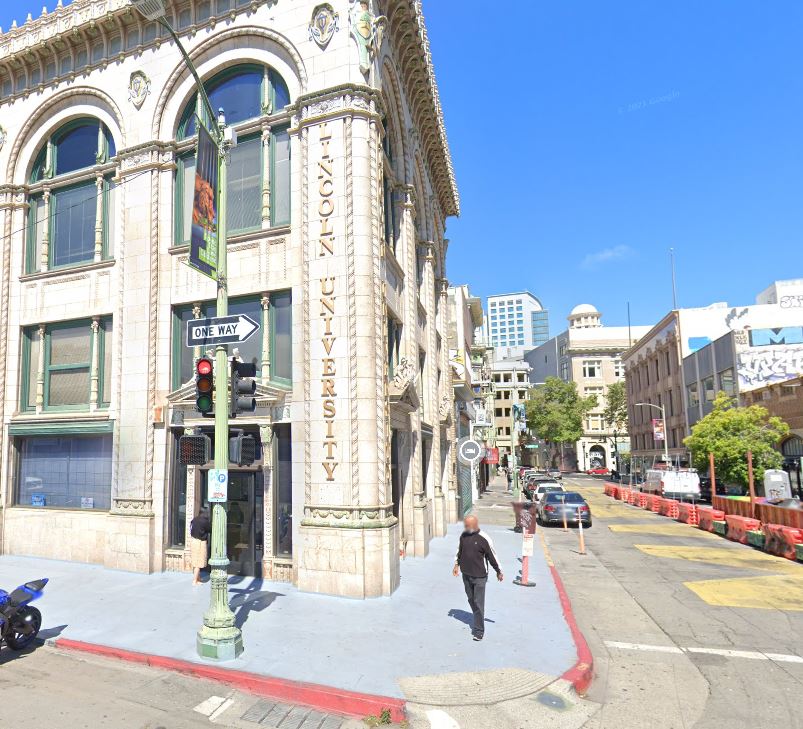
The article, seen by many as catering to the Post’s conservative readership, implied that the crime was emblematic of broader safety issues in Oakland. A closer examination of the family’s hometown, Coconut Creek, reveals a striking irony: it is a city plagued by its own significant crime problems. For reference Coconut Creek has a population of just 57,000 compared to Oaklands 440,0000. Link to the Post’s article is at the end of the images.

In January, Coconut Creek police were called to a home invasion on NW 47th Avenue, where Everton Francis, 18, and his 17-year-old female accomplice were trying to force their way into a victim’s apartment. The suspects, who claimed the victim owed them money, fled upon police arrival but were swiftly captured. A stolen gun was found on them, linking them to a spree of car thefts the previous night. This incident underscores a critical point: while the New York Post highlighted Oakland’s issues, the family’s own neighborhood struggles with violent crime, contradicting any simplistic portrayal of Oakland as uniquely unsafe.
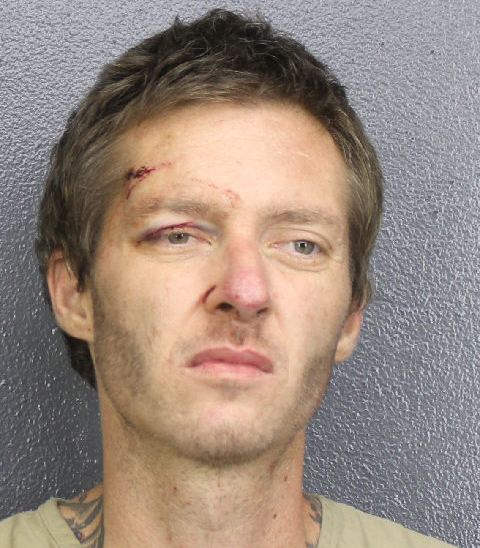
Further illustrating Coconut Creek’s own challenges, 35-year-old Dale Spidle embarked on a violent rampage across three Broward County cities, including Coconut Creek, which ended with multiple injuries and fatalities. After a hit-and-run in Coral Springs, Spidle fatally shot a man in Pompano Beach and caused a crash in Coconut Creek that injured two people. Spidle then fled on foot, robbing a woman before his eventual capture. These events highlight a broader reality that the New York Post’s narrative conveniently overlooks: suburban areas like Coconut Creek are not immune to severe and lethal crimes.
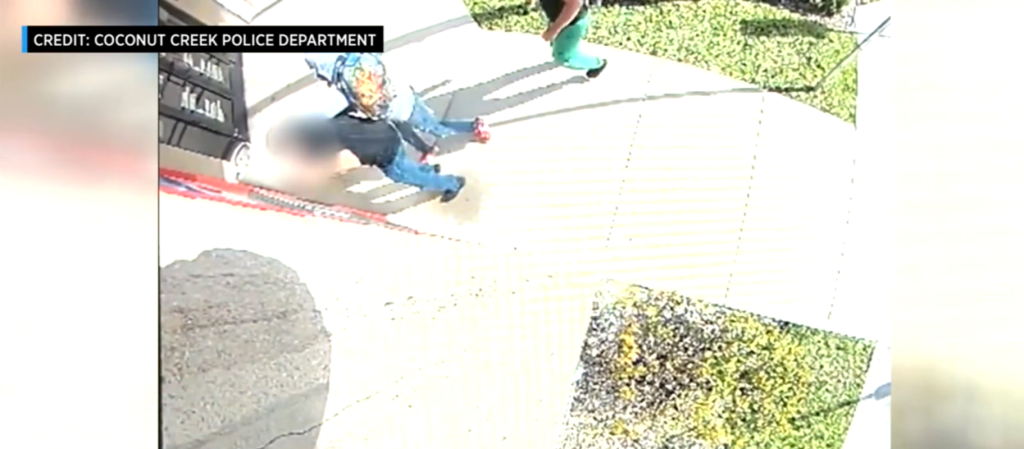
On March 9, Coconut Creek faced yet another violent incident when two teenagers attacked a 76-year-old man at a Bank of America ATM. The teens, aged 13 and 16, tried to rob the elderly man, who was left shaken but unharmed. This incident was part of a broader crime spree that day, including attempted car break-ins and package thefts. The portrayal of Oakland in the New York Post piece starkly contrasts with this reality, where crime does not spare any age group, even in seemingly safer suburban environments.
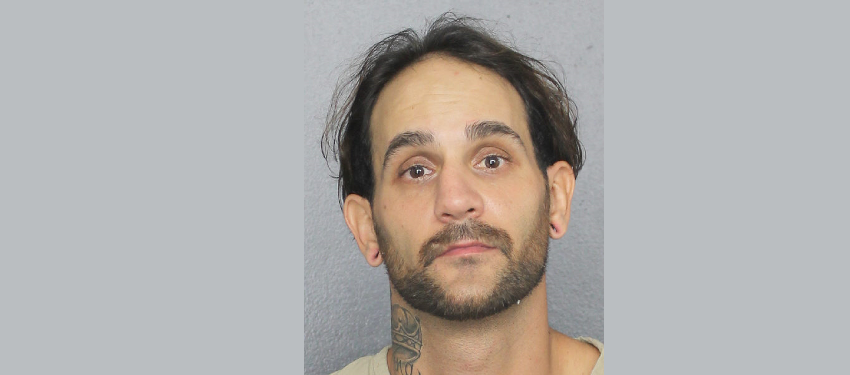
Adding to Coconut Creek’s crime narrative, John Allen Novak Pruitt, 35, initiated a spree of violence beginning with an armed carjacking in Peppertree Plaza. Forcing his victim to withdraw money at gunpoint, Pruitt continued by robbing a nearby gas station before being apprehended after a manhunt. These serious felonies, including armed robbery and drug trafficking, reveal the disingenuous nature of the New York Post’s implication that such crimes are exclusive to urban areas like Oakland.

In a particularly chilling event on April 29, Kenlor Chevelon, 40, committed a series of violent acts while wearing a “creepy clown” mask. After a home invasion that left one man with gunshot wounds, Chevelon assaulted another known victim with a tire iron later that day. His spree ended after a high-speed chase and crash. Chevelon’s extensive criminal charges include aggravated battery and multiple counts of robbery and home invasion, further illustrating that even suburban communities like Coconut Creek are not immune to gruesome and bizarre crimes.

Finally, DNA evidence linked Desmond Washington, 25, to a string of car burglaries and vandalism in the Cypress Lakes neighborhood. On January 30, Washington burglarized several vehicles, slashed tires, and stole a car. His apprehension and the charges he faces, including grand theft auto and numerous counts of criminal mischief, again highlight that crime knows no geographic boundaries.

The New York Post’s portrayal of Oakland as particularly unsafe is at best disingenuous when considering the reality in the family’s own city, and comparing the crime rate of a 440,000 metro area to that of a 57,000 suburb should be no comparison at all.
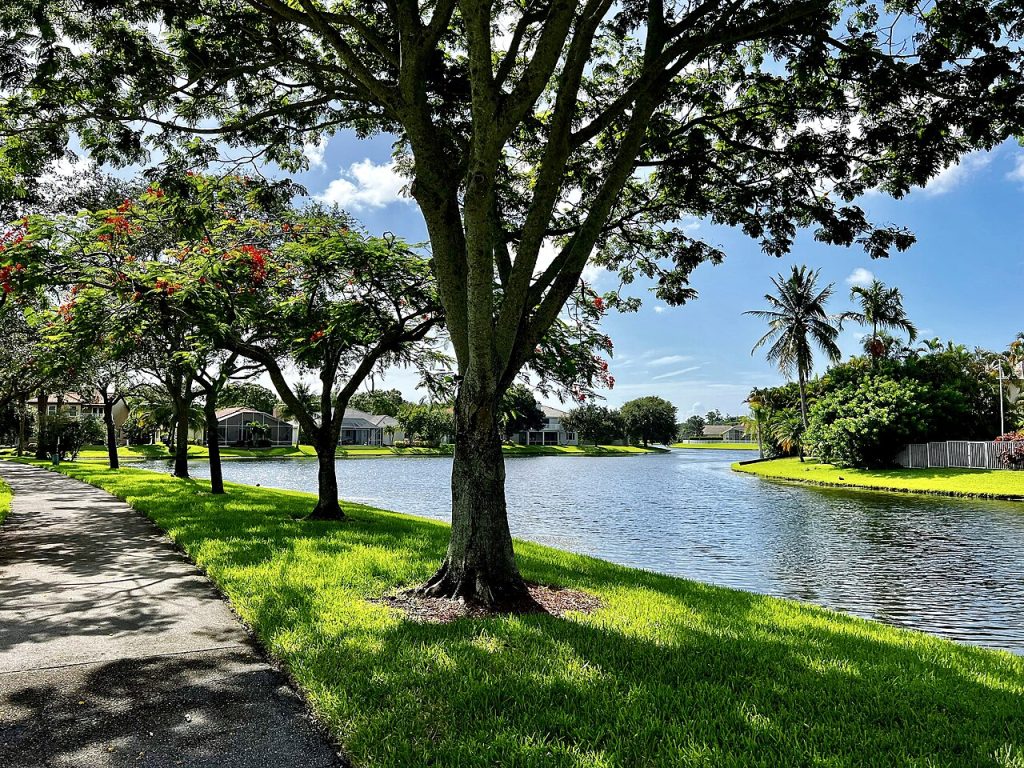
Coconut Creek, far from being a crime-free sanctuary, faces serious and frequent criminal incidents that challenge the simplistic narrative suggested by the Post. This comparison underscores the necessity for a more nuanced understanding of safety, revealing that crime is a pervasive issue affecting all communities, urban and suburban alike.


